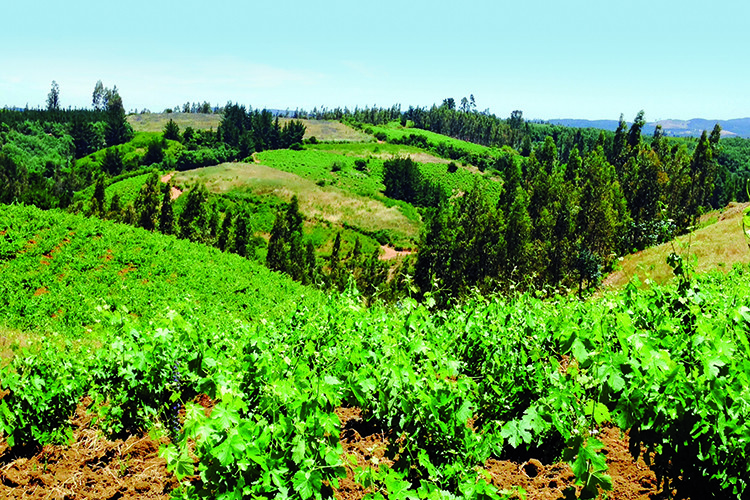[Grape Variety]
The most widely planted grape variety in France, this workhorse red grape abounds as a bush vine in the vineyards of southern France, where it is mostly used as a blender in Languedoc's major appellations of Corbieres and Minervois. At low yields, and vinified by carbonic maceration, it is capable of producing good, if rustic, reds.

In Catalonia in Spain, it is known as Cariñena, and in Rioja, as Mazuelo. As Carignano del Sulcis, it makes attractively herby wine in Sardinia and is widely planted in California and South America.
The rise of Cariganan
Originally published on Decanter Premium>>
A once-scorned Mediterranean grape is being reborn as a fine wine, with classy cuvées emerging from Spain and France, discovers Miquel Hudin
As a wine drinker, to discover (or perhaps rediscover) Carignan is to happen upon a vinous jewel. The fine wines now being produced from this grape are usually the single-vineyard top cuvées in a winery’s portfolio. These are often expensive as a result, but they will also offer a new and exciting experience for anyone looking to broaden their drinking horizons.
Carignan is a name borrowed from French, but, depending upon your country of origin, you may know it as Bovale di Spagna, Cariñena, Carinyena, Mazuelo, Samsó or another synonym. The variety is actually Spanish in origin with its still-undetermined crossing having happened somewhere in the lower part of Aragón in Spain’s northeast, and possibly near the town of Cariñena, resulting in it taking the name. And while there are blanc and gris mutations, it’s the red variant of the grape that dominates plantings the world over.
Historical rise
Carignan spread overland from its point of conception, heading west to Rioja in Spain and then further northeast to the Côte d’Azur in France. It was then taken to Chile, Italy, Morocco, Israel and California, to name a few of its adopted homes. Plantings were expansive in the post-phylloxera period as Carignan was loved for what is actually its worst quality: over-production. Peasants of the past century planted it not on the premise of crafting fine wine, but because in the right conditions it could produce up to an enormous, though intensely bland 200hl/ha.
Click to see the full article on Decanter Premium>>

All rights reserved by Future plc. No part of this publication may be reproduced, distributed or transmitted in any form or by any means without the prior written permission of Decanter.
Only Official Media Partners (see About us) of DecanterChina.com may republish part of the content from the site without prior permission under strict Terms & Conditions. Contact china@decanter.com to learn about how to become an Official Media Partner of DecanterChina.com.


Comments
Submit